Gewandhausorchester
A special instrument on tour with the Gewandhausorchester
Throughout their celebrated six-date tour of the U.S. the Gewandhausorchester pulled out a special feather in their multi-faceted musical cap – the original version of Felix Mendelssohn’s Symphony No. 5 in D minor, op. 107, also called the “Reformation Symphony.” In line with the Romantic composer’s original conception, the Leipzig musicians underscored their uncanny ability to channel the great master’s music by including an unusual instrument on stage: the valved ophicleide. Delighted concert-goers in the U.S. were able to catch a rare glimpse of the long, slim brass instrument jutting upright from the horn section.
The orchestra’s principal tuba player, David Cribb, trades in his musical hat to play it for the piece. It closely resembles the rare historic ophicleide, he says, which Mendelssohn wrote into the original score.
“A real ophicleide looks like a bassoon,” says Cribb, “but is made of brass and with keys instead of valves.” Brass instruments like the trumpet used to have keys until valves were developed, he explains. “The ophicleide had the lowest-pitched sound of all the brass wind instruments back then.” Its unique, individual character “was often used in choral works to support the deeper voices.”
Like many 19th century composers, Mendelssohn was eager to find low-pitched instruments that could be used for bass lines of the horn section. He found what he was looking for in the keyed ophicleide, which made its first orchestral appearance in 1825. Attracted by its deep tones yet light temperament, Mendelssohn wrote parts specifically for the ophicleide in such major works as the Overture to A Midsummer Night’s Dream (1826) and the oratorio Elijah (1845).
Replacing the more archaic serpent, the ophicleide remained a deep-voiced mainstay of orchestras for nearly half a century until it eventually made way for the tuba. By the early 20th century it had virtually vanished from Western music. Although the modern tuba now usually takes its place, David Cribb’s valved ophicleide gives listeners a closer sense of what Mendelssohn originally had in mind.
With their unique sound and palpable awareness of tradition, the Gewandhausorchester take audiences on an inspiring journey in time. As Official Logistics Partner, DHL is proud to be linked to the globe-trotting masters of Mendelssohn, accounting for the tour’s logistics planning and safe transportation of all their special and sensitive instruments. As the orchestra’s logistics maestros, DHL also reliably manages the customs clearance formalities, which this year included the CITES certificates for some of the instruments.

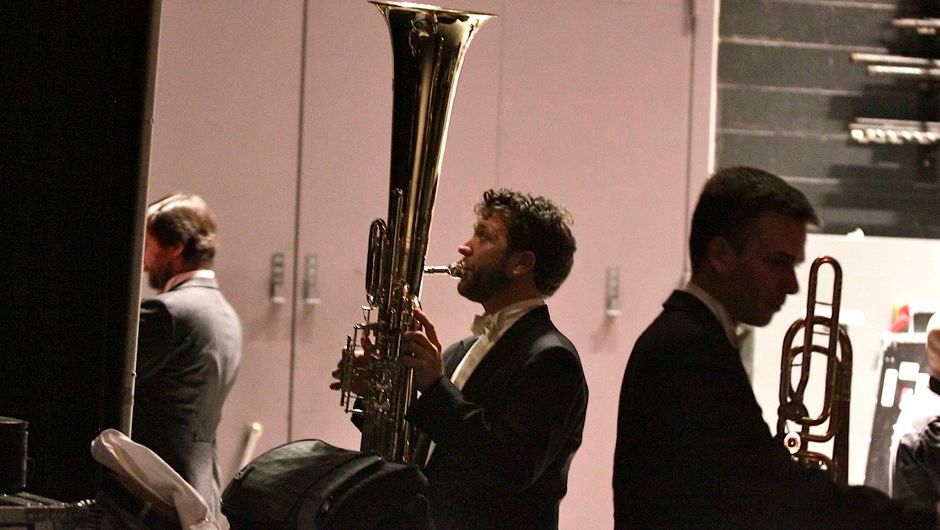
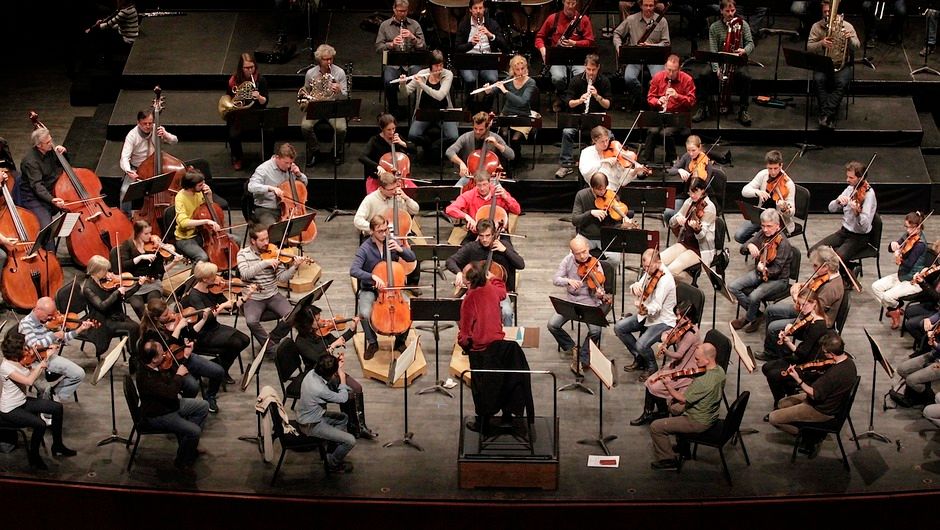
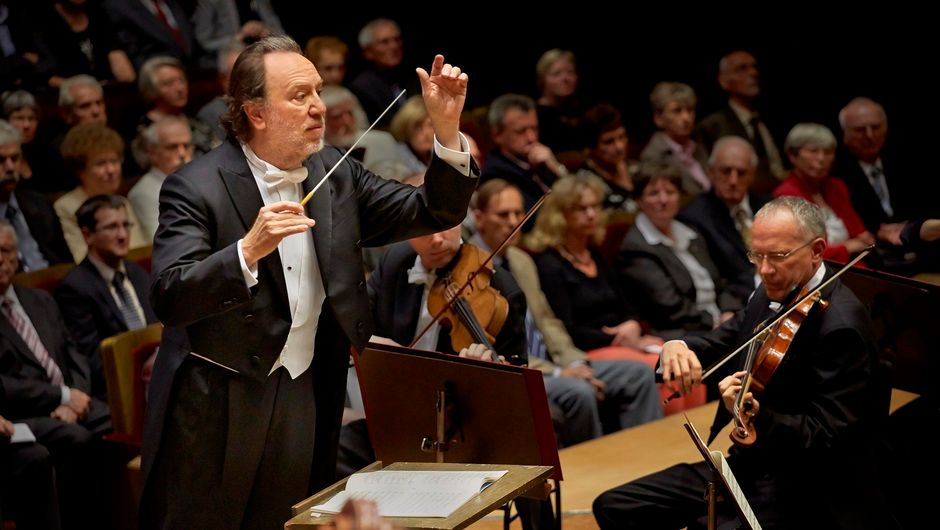
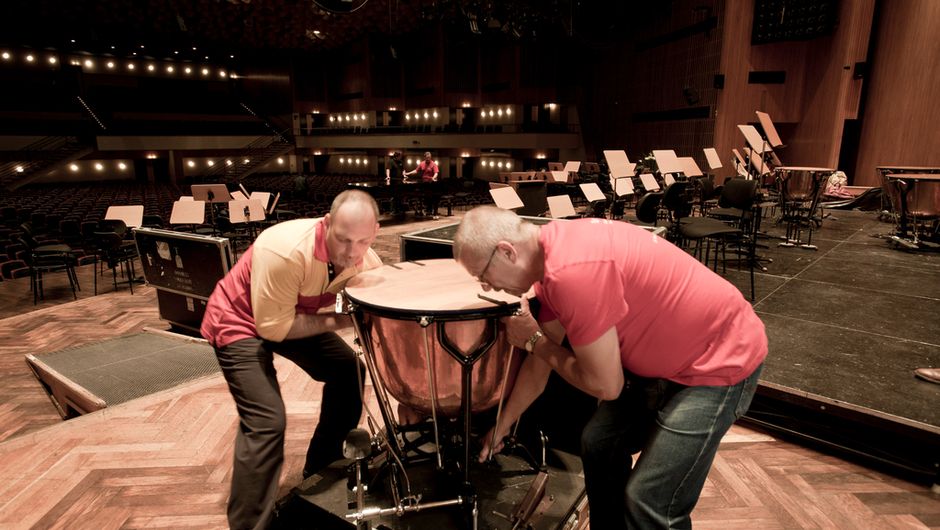
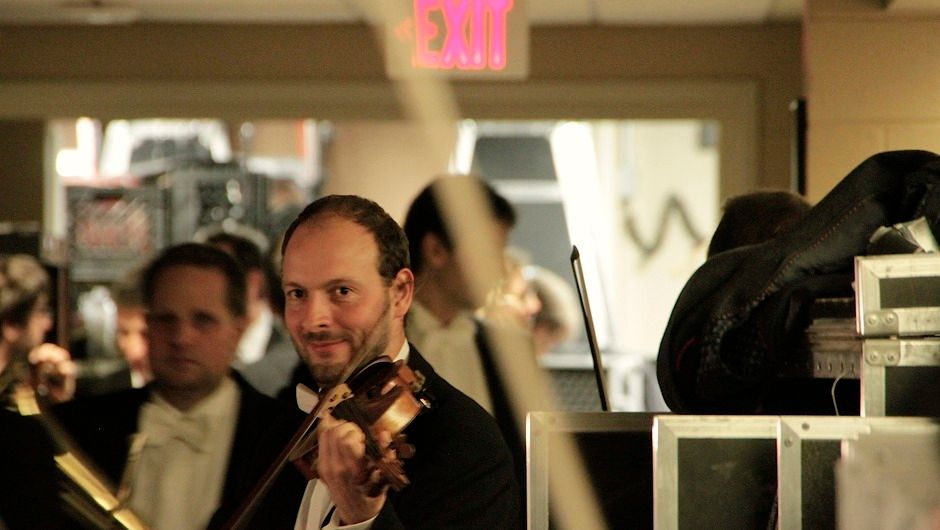
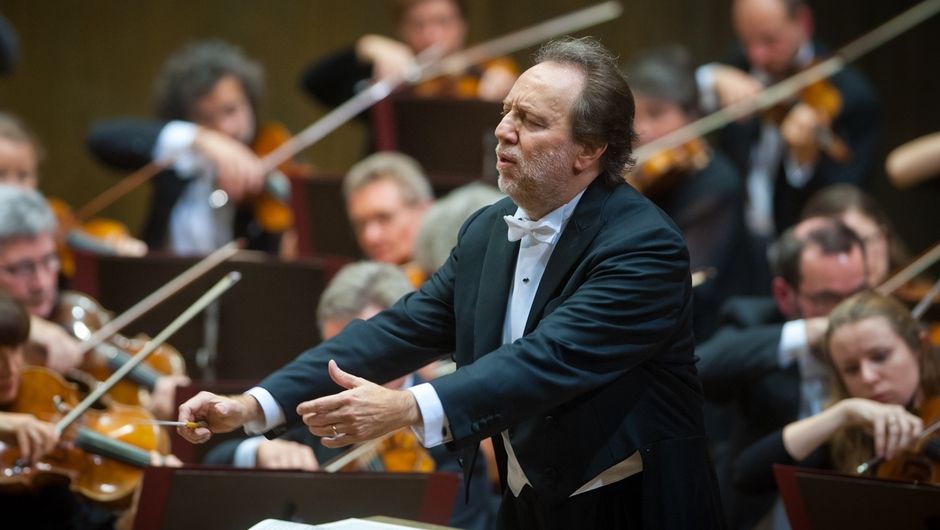
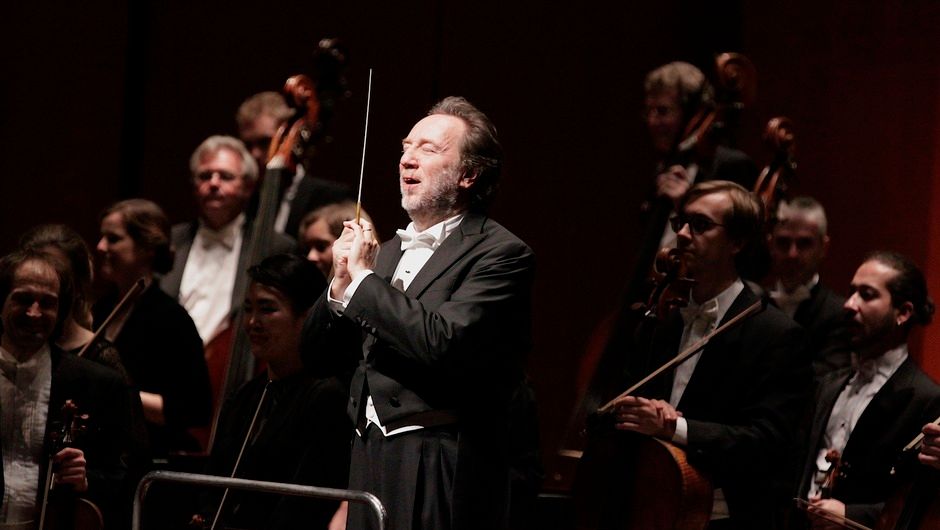
Content from disqus has been blocked because you did not allow to load it.
Loading the blocked content will adjust your privacy setting and content from this service will not be blocked in the future.
You have the right to revoke or change your decision at any time.
Posting Guidelines
All communications on Logistics of Things should be appropriate for a professional community, respecting the diverse views of individuals from different backgrounds. We will review all comments and reserve the right to terminate or restrict access to user's account and to delete any content posted through it, without notice and at our discretion, if we deem it to be overly promotional, offensive, or off topic.
All posting become property of DHL.